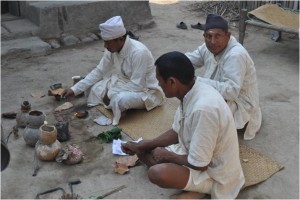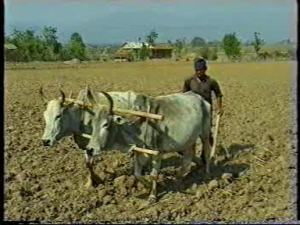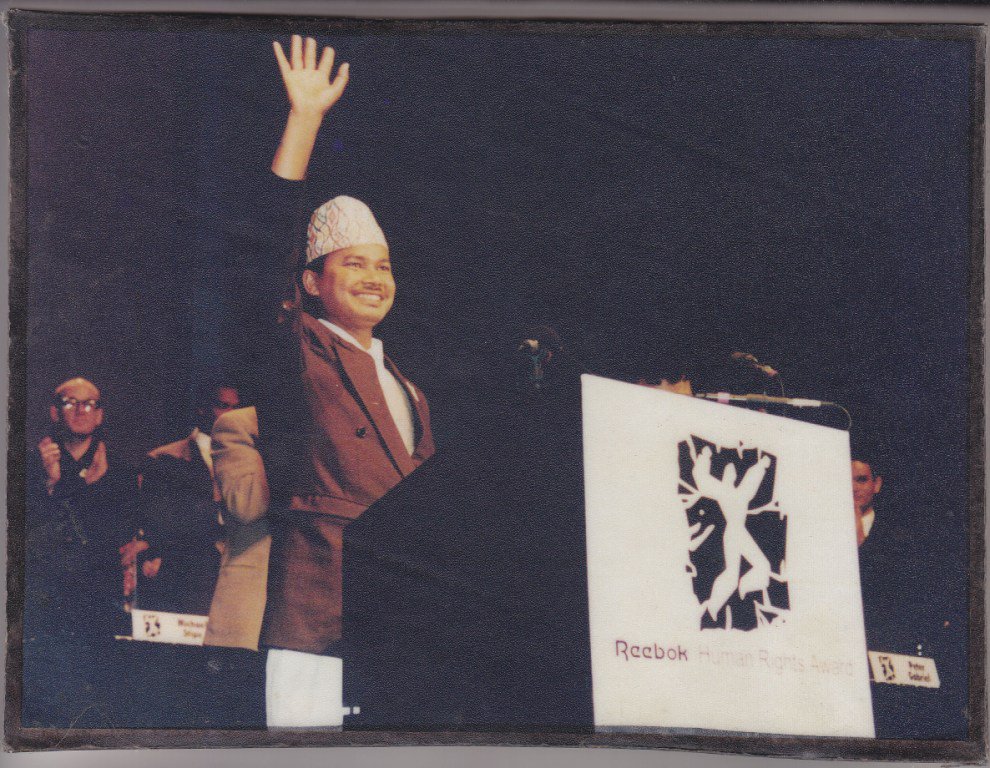History of Tharu
History of the Tharu in Nepal:

It is relevant to know about the history of The Tharu before we know about the history of BASE. The Tharu is under the prevalent ethnic group, who are living in the Western Terai districts of Nepal from the ancient period. Over the last seventy years, The Tharus have an experience and encroachment of land they traditionally inhabited. After the eradication of malaria and some development initiatives, there was an influx of hill people in these areas. In the process of hill to Terai migration many the Tharus lost their land. Due to which they had to pay the loan, which they hadn’t borrowed before, they were forced to work for their whole life period in the house of so-called high-class people without wage or in a very minimum wage to return the loan and to make their daily expenses to run their miserable life. This brought about socio-economic consequences to unequal inter-caste and class relations that affected the Tharus more negatively. Exploitation, poor health, unclaimed right to natural resources, weak voice in government decision, poor access to market, lack of credit for their work, and many other associated factors increase poverty among the Tharus and other deprived community people of western Nepal as well. So-called high-class people blamed and not accepted to uplift the economic growth of Thurs and addressed their views on the reason on the Tharus for being backwardness. They blamed that Social and cultural factors are the main reason, which made the Tharus less cleaver and incapable of managing their lives in a standard way. These perceptions and understanding the eyes of other community people too discriminated against the Tharu, which caused the Tharu to become more weak and weak enough to raise their representative voice in the government for their entitlement.
 In 1951, the Government of Nepal enacted a progressive land reform act that centralized non-registered land. Similarly in the late 1950s to 1960s, Dichlorodiphenyltrichloroethane (DDT) medication was used to eradicate malaria. This resulted in an increment in the migration of hilly populations to plain areas. Before these actions of the Government of Nepal, the Tharu had their administration territory like the Praganna system which administered to execute the justice, development, religious, ritual actions. The Tharus had easy access to natural resources in their territories.
In 1951, the Government of Nepal enacted a progressive land reform act that centralized non-registered land. Similarly in the late 1950s to 1960s, Dichlorodiphenyltrichloroethane (DDT) medication was used to eradicate malaria. This resulted in an increment in the migration of hilly populations to plain areas. Before these actions of the Government of Nepal, the Tharu had their administration territory like the Praganna system which administered to execute the justice, development, religious, ritual actions. The Tharus had easy access to natural resources in their territories.
The Tharu people are an indigenous ethnic group who has lived in the lowlands of Nepal for centuries. As per CBS 2011, the Tharu population of Nepal was censuses at 1,737,470 people. The Terai region was covered by a thick malarial jungle that kept away outsiders and guaranteed the Tharus freedom. Their relative isolation led them to develop a distinct and self-sufficient society with their development, language, religion, and culture differing from the hill people.
 The land in Terai or plains is the rice basket of Nepal. Western Terai region of Nepal was very productive where the total population of Tharu in six districts (Dang, Banke, Bardiya, Surkhet, Kailali and Kanchanpur) is 909,743. Half of the Tharu populations live in these districts. The lands in these districts were cultivated by the Tharu indigenous people. And it is most productive and sought after agricultural land. At that time the area’s only the Tharus were the resident and other non-Tharu people came to this area during the winter season that fled from the area during the summer season. They tolerated the jungle’s malaria and wild animals, in return for which they had ample land off which to live. It was a time that senior Tharu citizens still talk about, when a family entering a new settlement could have as much land as they could carve out of the jungle. In this environment, the Tharus developed largely self-sufficient communities in and around the jungle, with building styles, settlement patterns, religion, and agricultural practices very distinctive.
The land in Terai or plains is the rice basket of Nepal. Western Terai region of Nepal was very productive where the total population of Tharu in six districts (Dang, Banke, Bardiya, Surkhet, Kailali and Kanchanpur) is 909,743. Half of the Tharu populations live in these districts. The lands in these districts were cultivated by the Tharu indigenous people. And it is most productive and sought after agricultural land. At that time the area’s only the Tharus were the resident and other non-Tharu people came to this area during the winter season that fled from the area during the summer season. They tolerated the jungle’s malaria and wild animals, in return for which they had ample land off which to live. It was a time that senior Tharu citizens still talk about, when a family entering a new settlement could have as much land as they could carve out of the jungle. In this environment, the Tharus developed largely self-sufficient communities in and around the jungle, with building styles, settlement patterns, religion, and agricultural practices very distinctive.
The Rana aristocracy, who claimed legal ownership to parts of the land, was not interested in actually living there. Instead, the Rana regime trickily used only countable Tharu people by appointing them as the local village headmen, known as Chaudharyas to use them to collect revenue and send it to the Rana regime at the central level. The revenue collection agents were also appointed who were known as “Patwari”. In practical terms, the land was free to use for cultivation but had to pay revenue to the Rana Regime.



